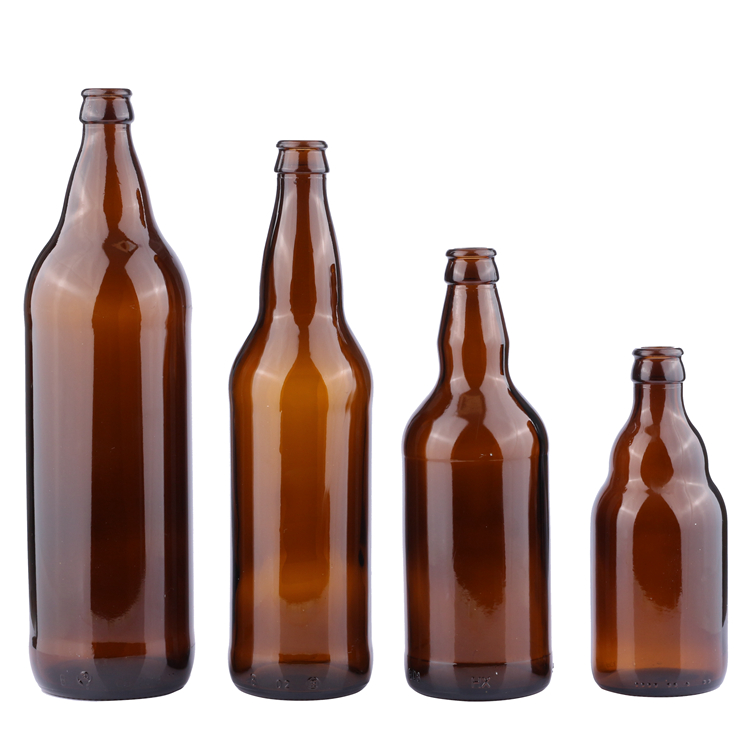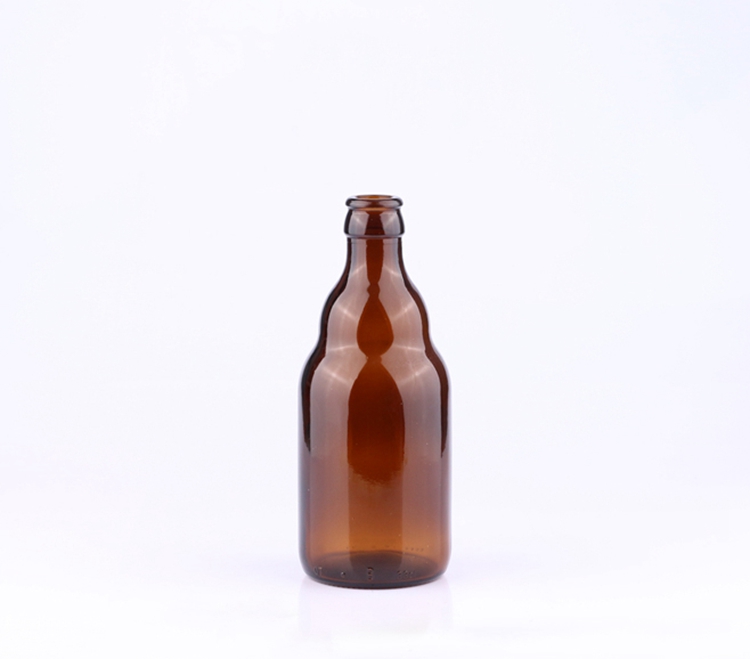With the weather warming up, beer consumption is entering its peak season. As people head out to enjoy a cold beer, many are unaware of the hidden risks associated with the bottles that contain the drink. While the focus is often on the quality of the beer itself, the shelf life and safety of the beer bottles are equally important. In recent years, there has been growing concern about the potential dangers posed by beer bottles, particularly when it comes to the risk of explosions.
The Rising Incidents of Beer Bottle Explosions
Beer bottle explosions have become a frequent issue, especially as temperatures rise during the summer months. Glass containers, including beer bottles, can sometimes act as “time bombs” when they are improperly handled or stored. Experts in glass container safety have pointed out that one of the key factors contributing to these dangerous incidents is the extended use of beer bottles beyond their recommended shelf life.
In particular, bottles that are recycled or reused multiple times are at greater risk of breaking under pressure. Although recycling beer bottles can be environmentally beneficial, prolonged use of bottles that are past their prime is dangerous. Recycled bottles, especially those that have been used for several years, are far more likely to burst than new bottles. In fact, the National Glass Standardization Committee of China recommends that beer bottles be recycled and reused for no more than two years. However, the reality is that many bottles in circulation exceed this period, putting consumers at risk.
A Look at the Shelf Life of Beer Bottles
In a recent investigation by Beijing News, journalists visited several large supermarkets, community stores, and neighborhood shops in Beijing, where beer bottles were being sold. The investigation revealed a disturbing trend: many bottles being sold were far older than the recommended two-year lifespan. In one instance, a random sample of 50 beer bottles from a local grocery store in a wet market community showed that nearly half of the bottles (24 out of 50) were over two years old. Among these, 10 bottles were found to be five years old, some of which were produced as far back as 2006, meaning they had been in circulation for nearly a decade.
These older bottles were clearly worn and showed visible signs of damage. Many bottles had deep scratches, including prominent white ring marks at the bottom and neck areas. Such scratches weaken the structural integrity of the glass, making it more likely to shatter under pressure. Despite these signs of damage, consumers continued to purchase the beer without any awareness of the age or condition of the bottles.
Interestingly, when asked about the production dates of the bottles, more than 10 consumers confessed that they never paid attention to the dates on the bottom of the bottles, nor did they know about the two-year recycling period that had been introduced over a decade ago. This lack of awareness among consumers highlights the need for better education and labeling when it comes to the safety and shelf life of beer bottles.
The Need for Stricter Regulations and Quality Control
The root cause of this issue lies in the lack of attention to the quality control of recycled beer bottles. According to Zhang Guoxiu, the Secretariat of the National Daily Glass Standardization Committee, previous national standards focused primarily on the quality control of new glass bottles, while the quality of recycled bottles was not sufficiently addressed. However, the committee is now in the process of revising these standards to include stricter regulations and quality control measures for recycled beer bottles. This revision is expected to increase the focus on ensuring that reused bottles meet safety standards, reducing the risk of breakage or explosion.
Currently, there is no nationwide system in place to ensure that all recycled beer bottles are safe for use. As a result, many bottles in circulation may be much older than their recommended shelf life, with consumers unknowingly purchasing potentially hazardous products. The lack of regulation and oversight in this area is a serious concern, especially given the increasing incidents of bottle explosions and injuries caused by such accidents.
Expert Recommendations for Consumers
While the industry works towards improving regulations and safety standards, experts have advised consumers to take certain precautions when purchasing and handling beer bottles. Here are some key tips:
- Check the Production Date: Always check the production date on the bottom of the beer bottle. If the bottle is more than two years old, it may be better to choose a newer bottle, especially if it shows signs of wear or damage.
- Examine the Bottle for Scratches: Scratches and other visible signs of wear can weaken the glass, making it more prone to breaking. Choose bottles with minimal scratches, especially around the bottom and neck area.
- Avoid Shaking and Collisions: When handling beer, try to minimize shaking or colliding the bottles with other items. Sudden impacts can create cracks or weaken the glass, increasing the risk of explosion.
- Proper Storage: Store beer bottles in a cool, shaded area to avoid exposing them to high temperatures or direct sunlight. Extreme heat can cause the bottle to expand, which may increase the risk of breaking.
- Pay Attention to Expiration Dates: In addition to the production date of the bottle, consumers should also check the beer’s expiration date. Old or expired beer may not only taste bad but could also lead to compromised bottle integrity.
Conclusion
While beer remains a popular beverage, the safety of the bottles it comes in should not be overlooked. As the summer heat intensifies and beer consumption rises, it is important for both consumers and the industry to be more vigilant about the shelf life and condition of beer bottles. The continued use of recycled bottles that exceed their recommended lifespan poses a significant safety risk, and there is an urgent need for stricter regulations and quality control. In the meantime, consumers should take the necessary precautions to ensure they are purchasing beer in safe and well-maintained bottles, ultimately reducing the risk of accidents and injuries.
Post time: Nov-04-2024

